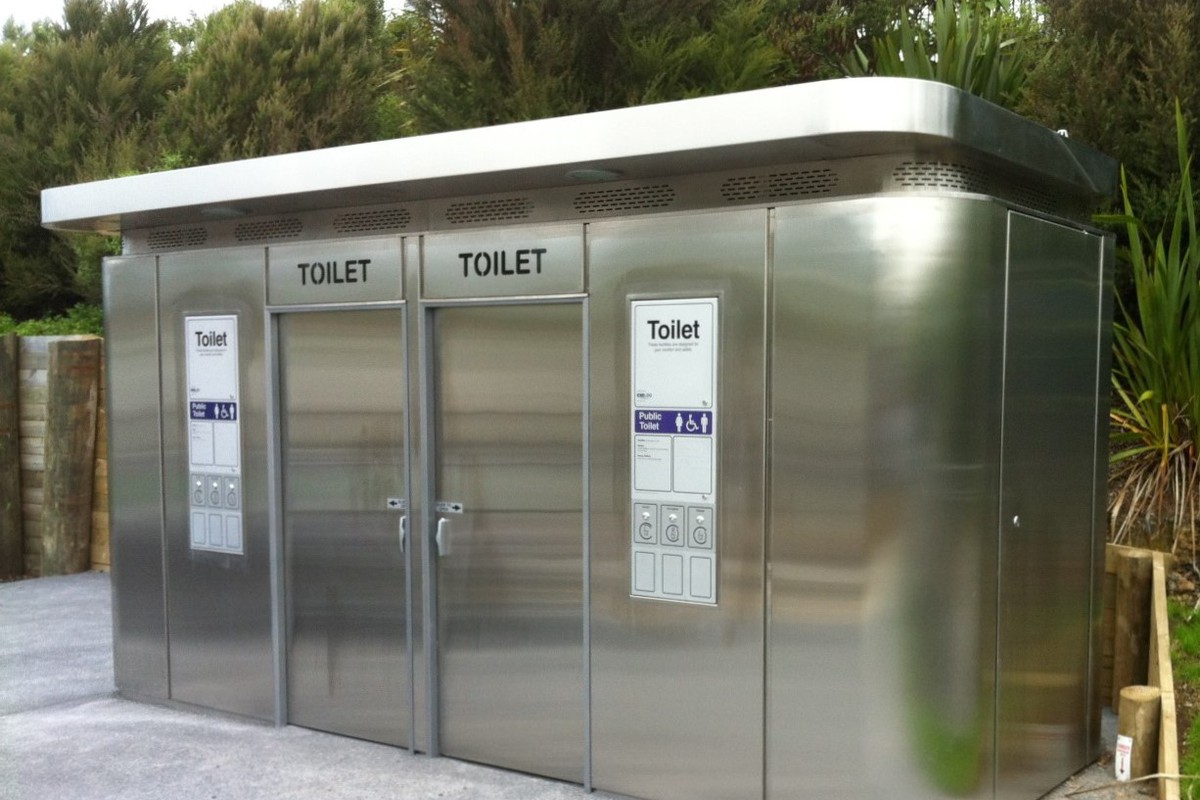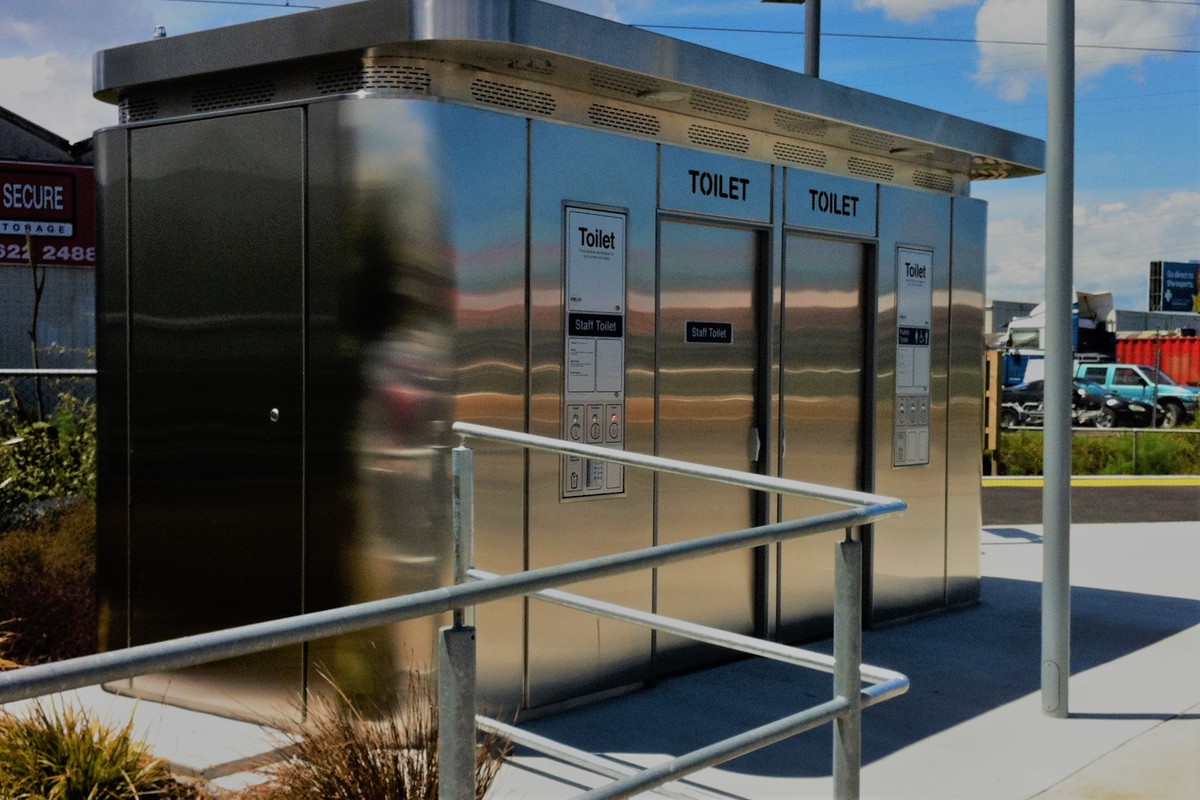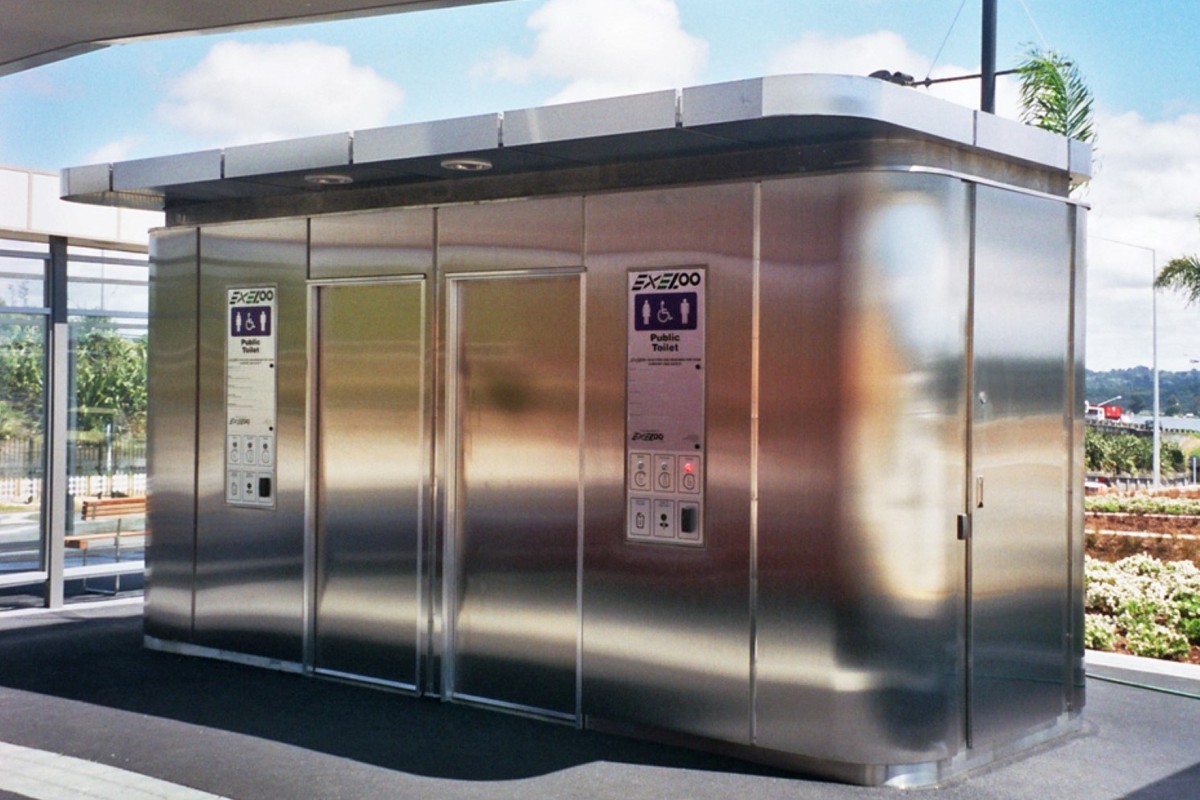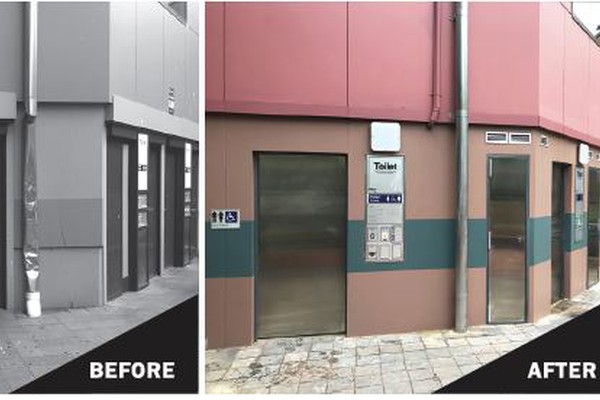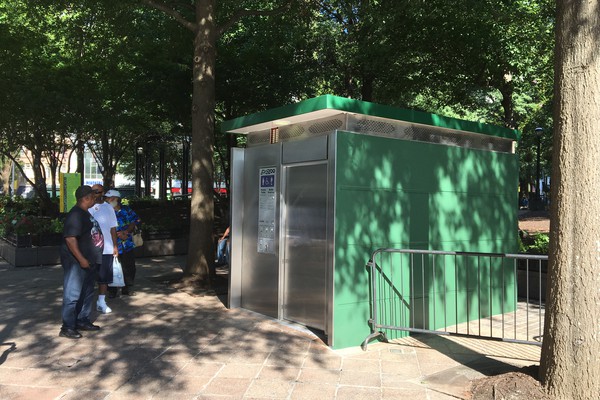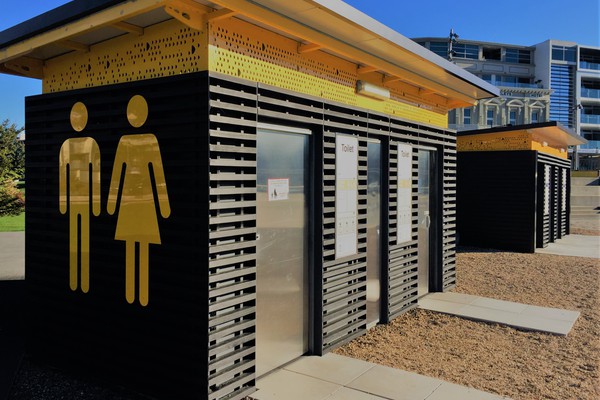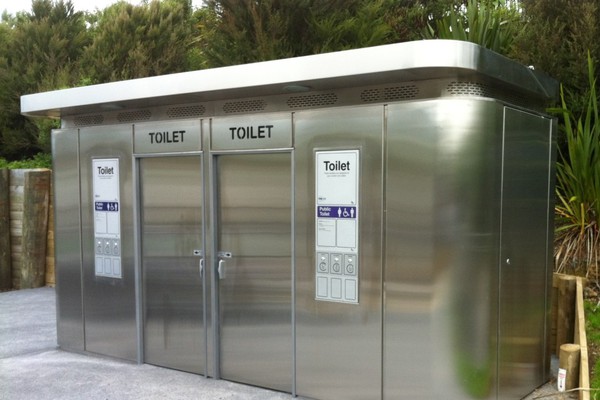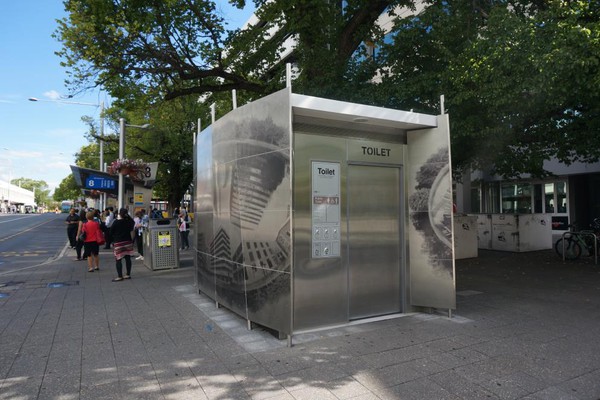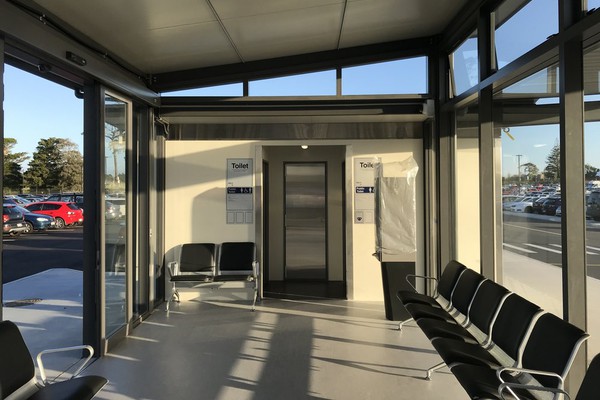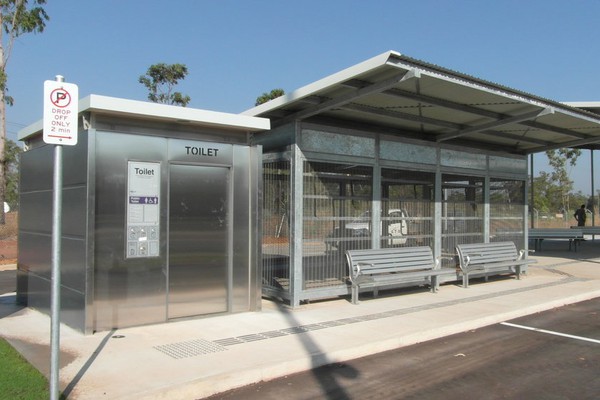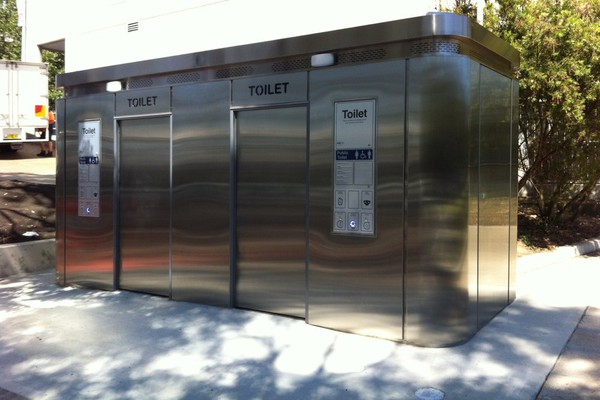Description
Key Project Details
Problem Definition
in 2016 bus drivers negotiated the introduction of dedicated bus driver restrooms across the Auckland City transport network in New Zealand. A key issue had been the lack of public amenities for drivers along their bus routes. To address the issue drivers had been left to negotiate toilet stops with business owners along their routes or, simply "held on" until reaching the depot. The situation was brought to a head during industrial negotiations and Auckland Transport (AT) the transport arm of Auckland City Council was requested to investigate options for driver toilets.
No-one disputed the need for such facilities however, the costs associated with dedicated restrooms for the drivers meant a significant outlay of public funds that offered limited benefit to the broader community. Equally the drivers did not want restroom facilities open to the public as they had to maintain schedules and could not wait for a member of the public to use the restroom. They also reasoned that office based employees were afforded non-public restrooms and they should be no different.
Options Considered
Architecturally Designed Network - This was a strong contender as AT could call for tenders with a brief to produce a standard design that could be implemented across a range of locations. A key parameter was the need for a small footprint that could be placed on a busways platform, footpath or council berms. The drawback of this approach was found to be the time and the significant cost associated with managing and assessing bids and then negotiating a final design and pricing. This process was discarded as it did not meet the desire for a timely introduction.
Depot Restrooms - These facilities were considered as there was existing AT infrastructure already in place at various route terminations and depots. However, it was reasoned that this was largely already in place and did not address the core issue in that it still left drivers to negotiate access and avail themselves of other rest stops along their routes.
Prefabricated Systems Integrated Public Toilets - This option provided an outsourcing opportunity to minimize the impact on AT resources and address the design aspects without incurring significant architectural fee's. The "leave it to the experts" approach ensured a compliant and usable space and enabled expert public toilet fabricators to bid off-the-shelf designs that would be more cost efficient than to "re-design the wheel".
Solution
Exeloo Orbit Model Public Toilet - The small footprint (less than 2 car park spaces) and contemporary stainless steel aesthetic fit well with a modern transit network environment. One design to suit all locations and the added benefit of keypad security access on one of two cubicles enabled drivers to have their dedicated cubicle and the public to access to a second cubicle. User safety is also assured with the use of sliding doors eliminating the need for swing doors that create potential hazards for pedestrians around vehicles and narrow pedestrian corridors.
Key Findings and Outcomes - Auckland Transport (AT)
AT was able to demonstrate leadership and response to genuine worker grievances and could immediately commission the manufacture of the public toilets. This alleviated potential industrial action and ensured the network operations continued undiminished. The standard design ensured network integrity creating a coordinated and seamless styling that fit with the AT architecture.
Key Findings and Outcomes - Bus Drivers
Bus drivers have access to clean, hygienic and modern public restrooms that are up to office standard along their routes reducing timetable stress and improved working conditions. The keypad access meant that only drivers could access the facilities and so cleanliness and timely access was assured.
Key Findings and Outcomes - Commuters
Bus commuters now have access to safe, hygienic and modern facilities across their commuting network improving their experience and encouraging increased use of public transport. Public funds used to provide the facilities we employed responsibly for the benefit of all.

